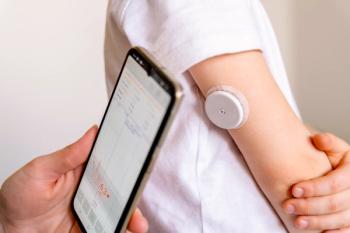
Controlled Medication Collection Efforts May Not Be Successful
A small percentage of controlled medications prescribed were disposed of at drop boxes and take-back events.
While many states have implemented drug take-back days and have established drug drop boxes, these efforts may not actually be reducing access to controlled medications, such as hydrocodone, oxycodone, Valium, and Adderall.
In Utah, the implementation of a
More than 3.8 billion controlled medications are dispensed in the United States each year, and it is estimated that only 30% of the drugs were used by the individuals they were prescribed to. The other 70% could potentially be misused, which has resulted in non-medical use of prescription drugs becoming the second most common form of substance abuse.
The opioid epidemic has claimed many lives, and these take-back events and drop boxes have been put into place by different government entities to prevent more deaths. However, new research published in The American Journal of Drug and Alcohol Abuse suggests that these initiatives may not be as effective as originally hoped.
“Similar to other studies, we found that only about 5% of the collection from take-back events and drop boxes consisted of controlled medications susceptible to abuse,” said study lead author, Kathleen Egan, MS. “The remaining 95% consisted of non-controlled substances, such as vitamins and over-the-counter medications, but unlike previous studies we then compared the number of controlled medications to the number dispensed by pharmacies. And what we found surprised us — less than 1% of dispensed controlled medications were collected by the disposal programs.”
Investigators measured the quantity and type of controlled medications that were collected during 3 DEA-sponsored drug take-back events, as well as in drop boxes in Kentucky from 2013 to 2014. The Investigators then compared those numbers with the amount of controlled medications dispensed in the corresponding counties during that timeframe, according to the study.
The researchers discovered there were 21,503 units of controlled medications collected during this time, which only accounted for 0.3% of more than 20 million units prescribed in those counties.
These findings suggest that disposal programs may not be very effective in reducing the amount of controlled medications that are available. Additional research is needed to determine the effectiveness of these programs in different states, the study concluded.
“Our findings don’t necessarily mean that these programs don’t work,” Egan said. “The study was limited in both time and scope; the results might be different in different communities, and over time these programs may influence community norms and behaviors related to storage, disposal and abuse of controlled medications.”
Newsletter
Stay informed on drug updates, treatment guidelines, and pharmacy practice trends—subscribe to Pharmacy Times for weekly clinical insights.




















































































































































































































